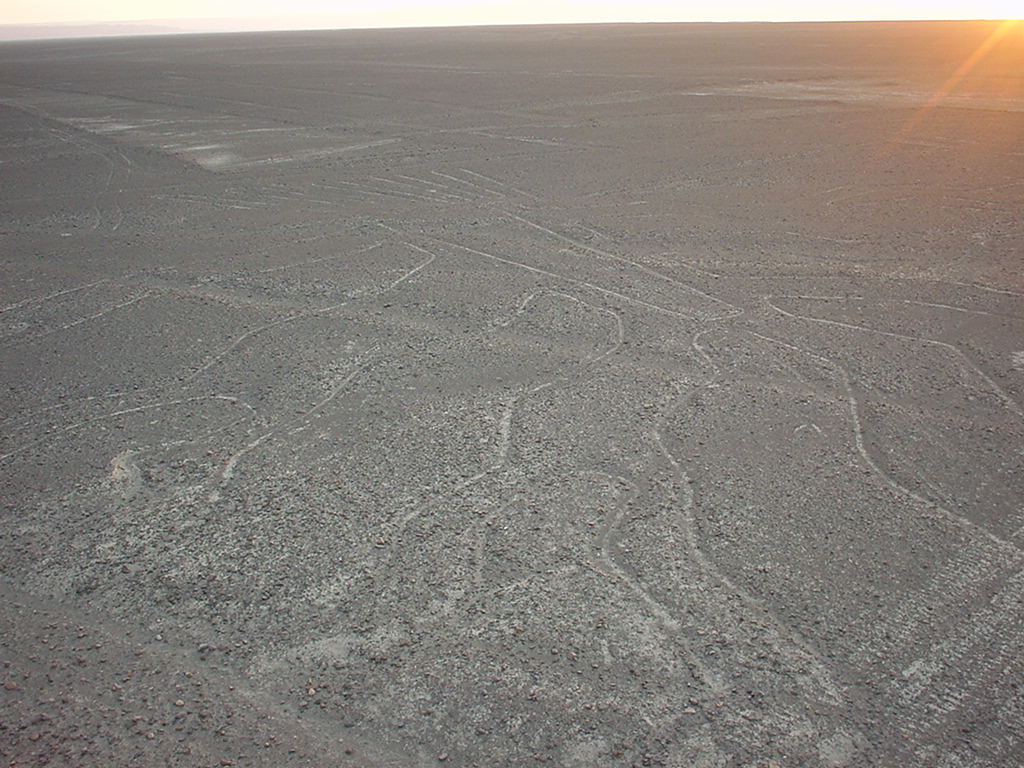
Rot?
Actually, SETI really isn't scientific. It, like ID, operates on the basis of a priori probability estimates, which are necessarily both unfalsifiable and unconfirmable (sort of the worst of all possible worlds scientifically).
The idea that purportedly improbable regularities signify intelligent action is at the basis of both, and is rot.
How, if one found, say, a 'first thousand binary digits of pi' repeating beacon 850 light years hence, would you either verify it had an intelligent source or disconfirm it? Sure 'in principle' one could build a self-sustaining starship and send it off, wait a few millenia and one's descendants might get word that there was a city on a planet at the other end, or a really wierd orbital configuration of neutron stars, or whatever. But 'in principle' one could reproduce conditions for an evolutionary event and rerun it to falsify ID.
So intelligence is discovered how?

Rot?
Nowadays, the total number of particles in the universe has been variously estimated at numbers from 10![]() 72 up to 10
72 up to 10![]() 87. The total number of atoms in your body is about 10
87. The total number of atoms in your body is about 10![]() 28. If the universe were packed solid with neutrons, there would still be only 10
28. If the universe were packed solid with neutrons, there would still be only 10![]() 128 particles, a number larger than a googol but much smaller than a googolplex.
128 particles, a number larger than a googol but much smaller than a googolplex.
http://www.stormloader.com/ajy/reallife.html
31495448272550005155211307922363110936089435829054233418732462850152371262062592 = 2x136x2256 = 2x136x2223 = 17x2260 = 3.149544...x1079
This is the Eddington number. According to Arthur Eddington in his book Mathematical Theory of Relativity (1923, London, Cambridge University press), it is the number of particles in the universe. It is notable for being the largest specific integer ever thought to have a unique and tangible relationship to the physical world. (All larger numbers in physics are estimates and approximations.)
Eddington was interested in showing that the various physical constants (the speed of light, the gravitational constant, the mass of the electron, etc.) were not accidental but were determined in some way that could be computed exactly. One of these constants was the fine-structure constant
In 1923 the fine-structure constant was known poorly enough that one could surmise that it is exactly 1/136. Eddington computed the number of particles in the universe from other measurements and observations and then found a simple mathematical formula based on integers that gave the same value. (When the fine-structure constant was later found to be closer to 1/137, Eddington repeated his work to make it fit that value!)
Eddington was shown to be wrong on other points. Many other estimates of the number of particles in the universe have been computed, all in the range from 1078 to 1080. Here is an example (which is way too simplistic for physicists but shows that the Eddington number was fairly close):
r = radius of visible universe
= age of universe x speed of light
= speed of light / Hubble constant
= 1.42 x 1026 meters
volume of universe = 4/3 pr3
= 1.2 x 1079 cubic meters
average density of universe
= 3 hydroden atoms per cubic meter
(from models that give the minimum mass of a "closed" universe)
1 hydrogen atom = 4 particles (proton + electron, a proton is 3 quarks)If you include the various massless particles (photons, gravitons, other gauge particles, perhaps neutrinos) and virtual particles, the estimates become much greater. The only estimate I have been able to find gives the density of neutrinos in the cosmic background radiation as being 107 per cubic meter, which gives a value of 1.2x1086 particles in the universe assuming that neutrinos comprise the vast majority.
number of particles = 4.8 x 1079
http://home.earthlink.net/~mrob/pub/math/numbers-13.html